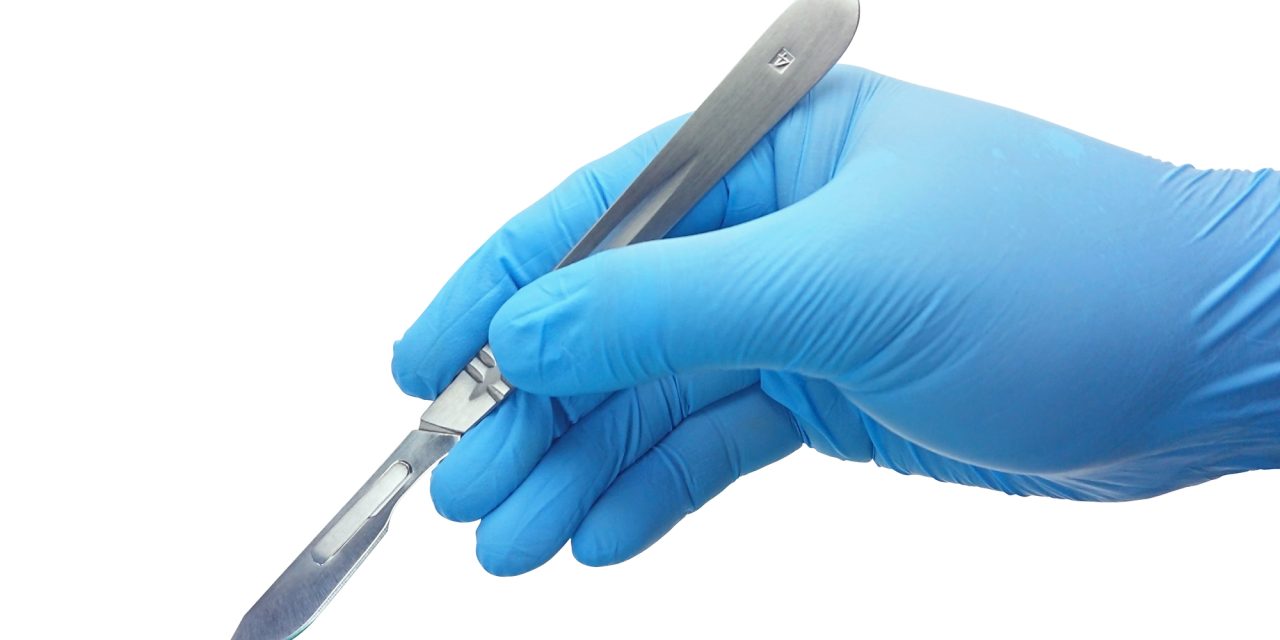To achieve a consensus statement on robotic mastectomy.
Robotic-assisted surgery has gained much attention especially the results of few case series reporting on the technical feasibility, safety and early oncologic outcomes of robotic-assisted mastectomy in a few centers worldwide. The aim of this consensus statement was to develop and provide standardized guidelines on robotic mastectomy based on consensus statement by a panel of experts from indications to outcome measures and indicators, thereby providing a valuable guide for breast surgeons worldwide.
An internationally representative expert panel of 10 surgeons was invited to participate in the generation of a consensus statement. 52 statements were created in 6 domains: indications, contraindications, technical considerations, patient counseling, outcome measures and indicators, training and learning curve assessment. Experts were asked to vote if they agree, disagree or of the opinion that the statement should be rephrased. Two electronic rounds via online survey of iterative rating and feedback were anonymously completed, followed by a final round of in-person meeting during the inaugural International Endoscopic and Robotic Breast Surgery Symposium 2019 from May 24 to 25, 2019. Consensus was reached when there was at least 80% agreement on each statement.
A total of 53 statements with at least 80% agreement were generated after 3 rounds of voting; 21 statements from first round of voting, 20 statements from second round of voting and 12 statements from the final round of in-person meeting. All experts agreed that the consensus statement served as expert recommendations but not mandatory for a successful and safe practice of robotic mastectomy.
Robotic mastectomy is a promising technique and could well be the future of minimally invasive breast surgery whereas proving to be safe and feasible. The first consensus statement on robotic mastectomy from an international panel of experts serves as an extremely important milestone and provides recommendations for breast surgeons keen to embark on this technique.
Consensus Statement on Robotic Mastectomy-Expert Panel From International Endoscopic and Robotic Breast Surgery Symposium (IERBS) 2019.


